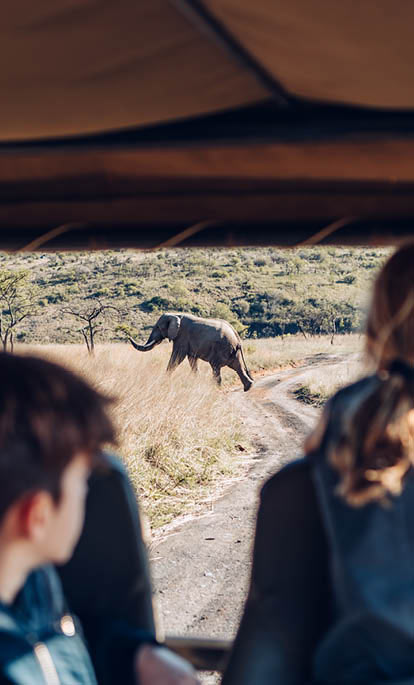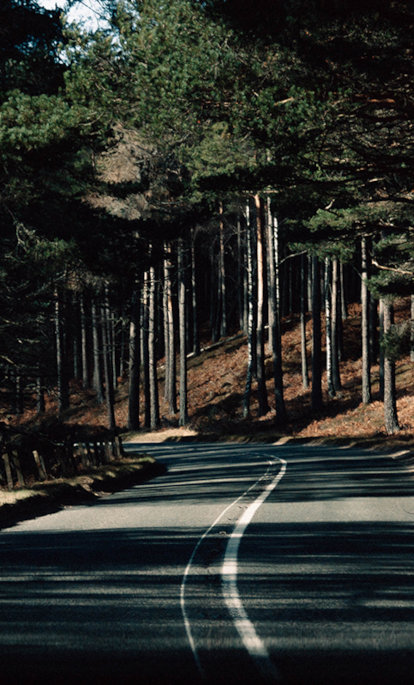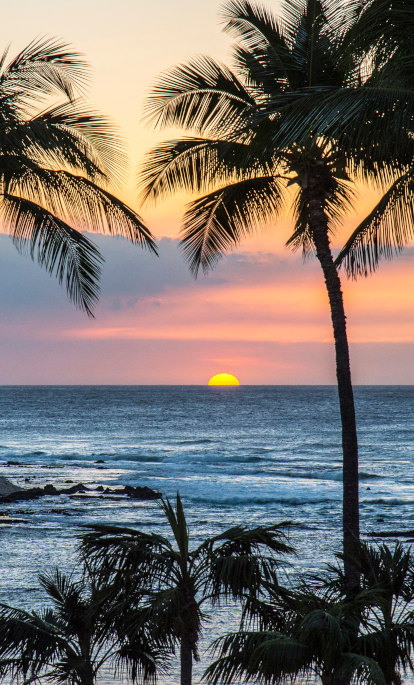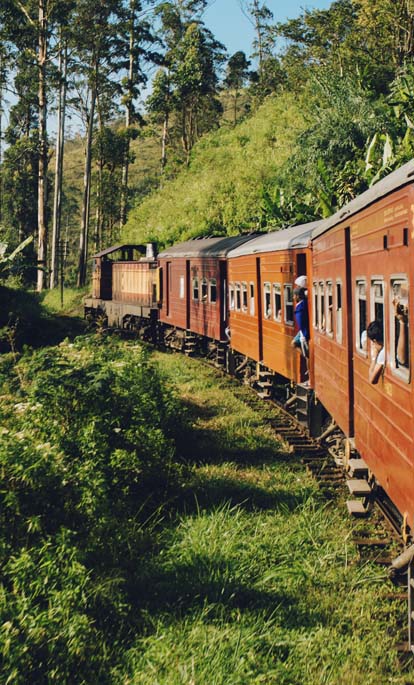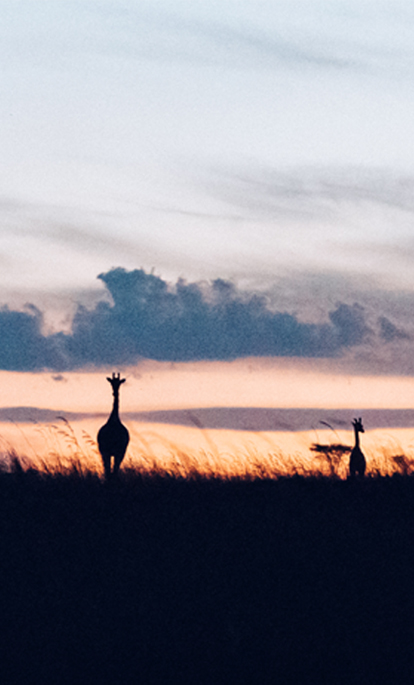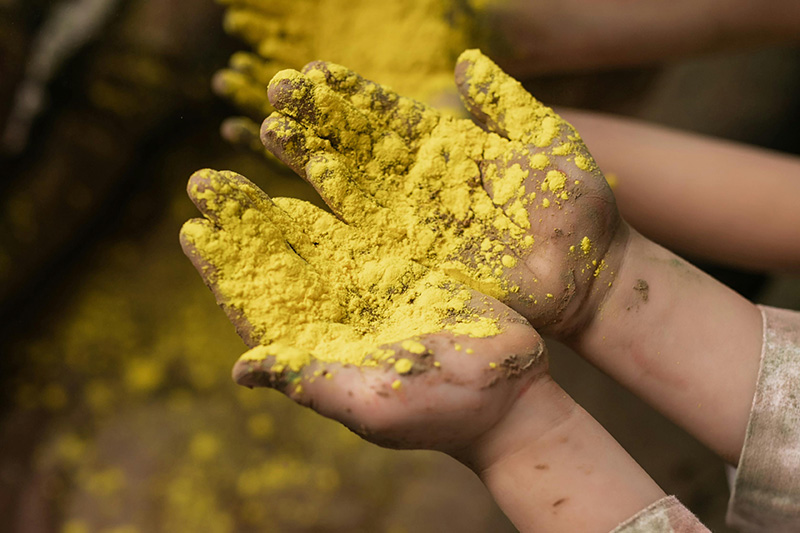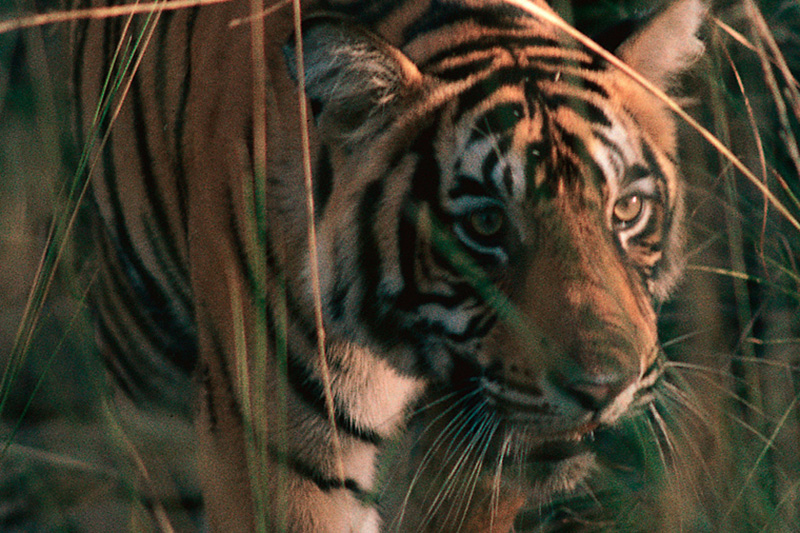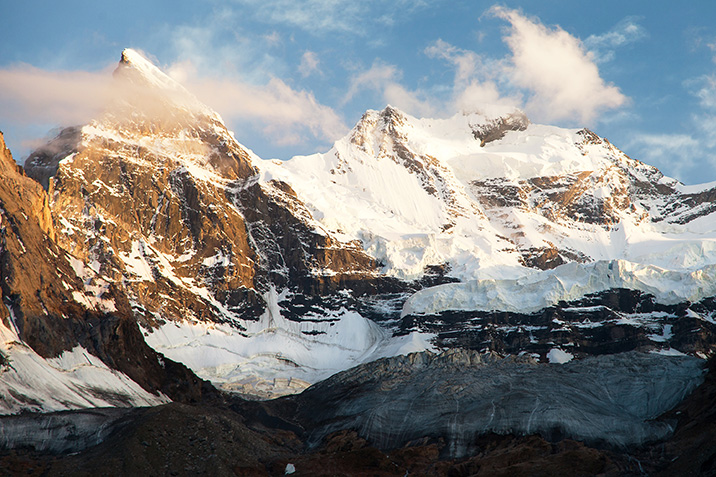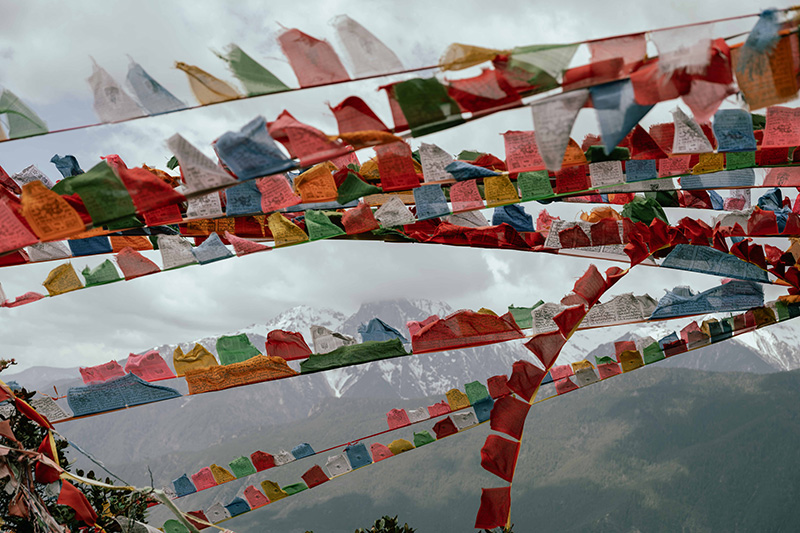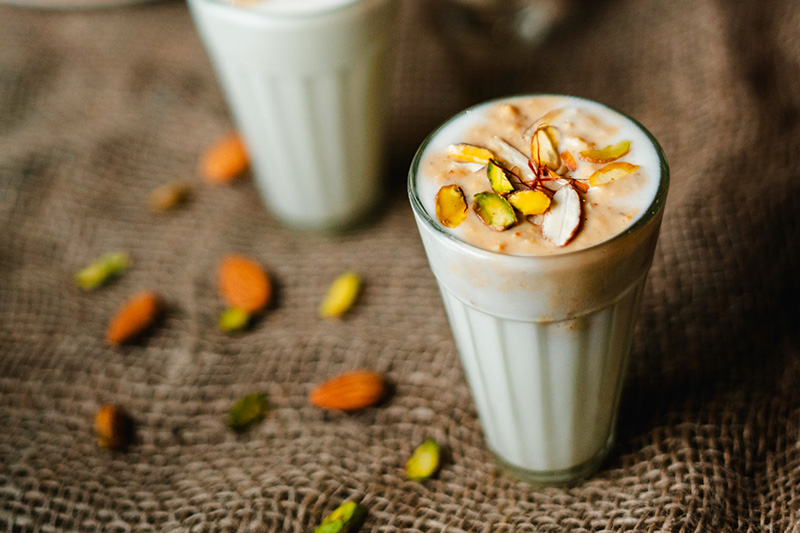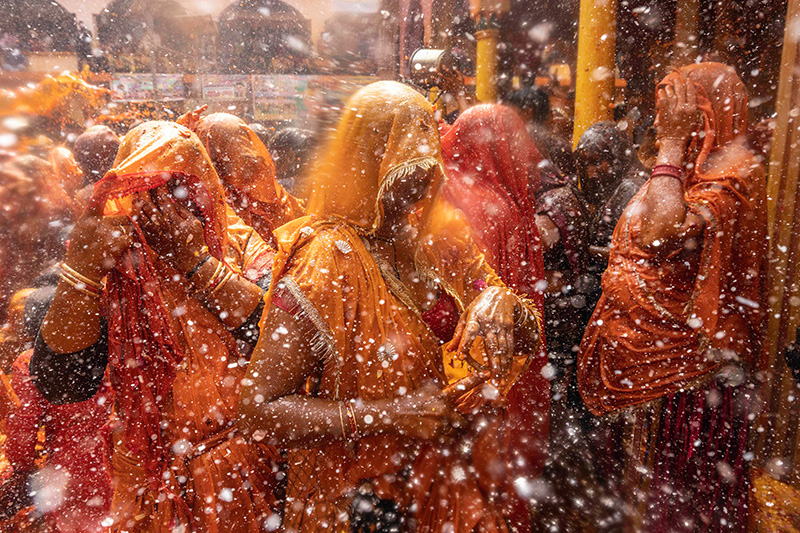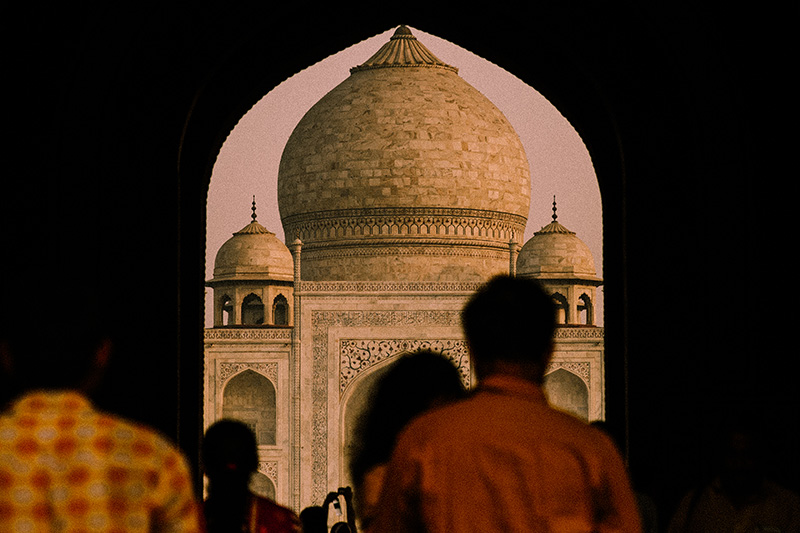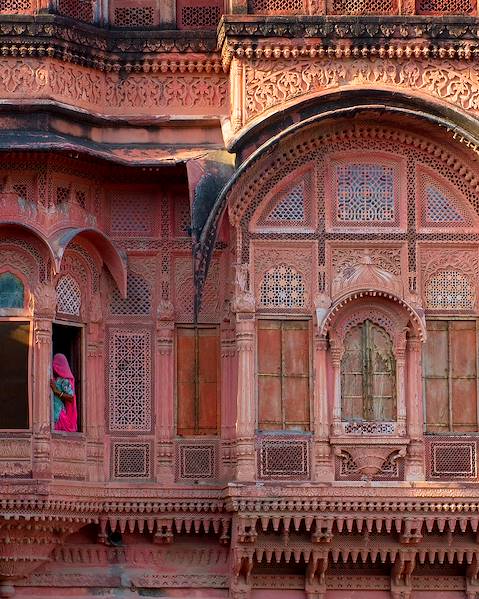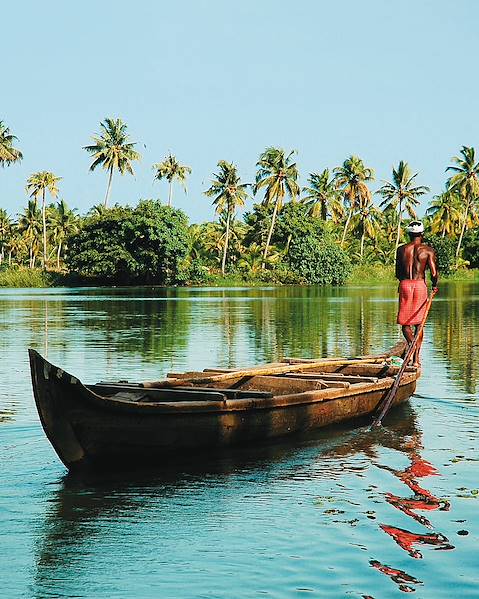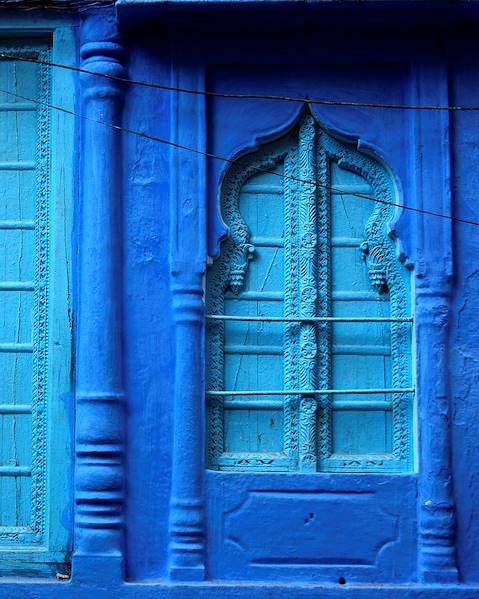India’s colossal size is matched by a diverse climate, with landscapes including the mighty Himalayas, an arid desert and a sun-kissed coast. From its mountainous north to its sweltering south, India has four identifiable seasons. The year starts with winter, from January to February, before summer arrives in March until May. Then comes the monsoon season, which runs from June to September. After this rainy period, October and December see the arrival of autumn. So when is the best time to visit India? Whether you’re eager to experience a festival, search for tigers or bask on beaches, read on for our month-by-month overview so you can start to plan your India holiday.
Ladakh
Ladakh is a region that lies between mountain ranges. To the south, there are the Himalayas, and to the north the Karakoram mountain range. At high altitudes (average altitude above 16,400ft), Ladakh has two distinct seasons, but when is the best time to travel Ladakh? Winter, from November to April (night-time frosts occur from September), is the harshest period, with snow and plummeting temperatures, usually to around -30°C.The higher the altitude, the earlier the cold sets in (September or even August). In summer, from mid-May to October, the sun shines brightly in clear skies. The climate is dry, as the mountains block out the monsoon. Midday temperatures can reach 35°C, and the sun's glare is strong.
Gujarat
Winters in the Gujarat region (November to February) are mild, pleasant and dry, with average daytime temperatures averaging 29°C (and at night around 12°C). At this time, the days are very sunny and the nights clear. Summers, between April and May, are very hot and dry with temperatures reaching as much as 40°C, while at night, they don't fall below 29°C. Before the arrival of the monsoon between May and September there is more frequent rainfall, and temperatures are high, but with high humidity that makes the air warmer. During this rainy season, daytime temperatures are close to 35°C, but the nights remain humid, averaging 27°C. Most rainfall in the Gujarat region occurs during this season. The sun doesn't shine much during the monsoon season.
Bengal
Bengal has a tropical climate. Bordered by Nepal and Sikkim to the north-west and Bhutan to the north, the Bengal region experiences heavy rainfall. In Darjeeling, in northern West Bengal, the monsoon begins in June and ends in September. Rainfall generally exceeds 20 inches over this period, reaching as much as 31 inches in July. The maximum average temperature recorded then is 20°C. The hot season is the rainy season. Further to the south, near Calcutta, there is much less rainfall. The monsoon is longer and lasts from May to October, but with less rain (just over 11.8 inches a month). The hottest temperatures are found between March and June, and can exceed 35°C (maximum average temperature).
Kerala
The Kerala region has a tropical climate with a large monsoon influence. The rains come from the south-west and hit Kerala from June to September. Rainfall is plentiful at this time. Kerala typically receives just over 118 inches of rainfall a year, while the yearly average for India is 47 inches. Kerala has between 120 and 140 days of rainfall a year. Summers in Kerala (between April and June) are pleasant, probably the best time to visit Kerala, with high temperatures of up to 33°C, but much less oppressive than in other parts of the country.
Rajasthan
When is the best time to visit Rajasthan? May and June are the hottest months, with very high temperatures exceeding 40°C. In Jodhpur, maximum temperatures can reach 41°C in May. After this period of intense heat, the monsoon arrives in Rajasthan from June to September. Humidity is relative, as Rajasthan remains a very dry region. For example, Jodhpur receives only 5.7 inches of rainfall annually, with an average of ten rainy days. Between September and March, temperatures are milder, with averages of around 15° and 20°C.
